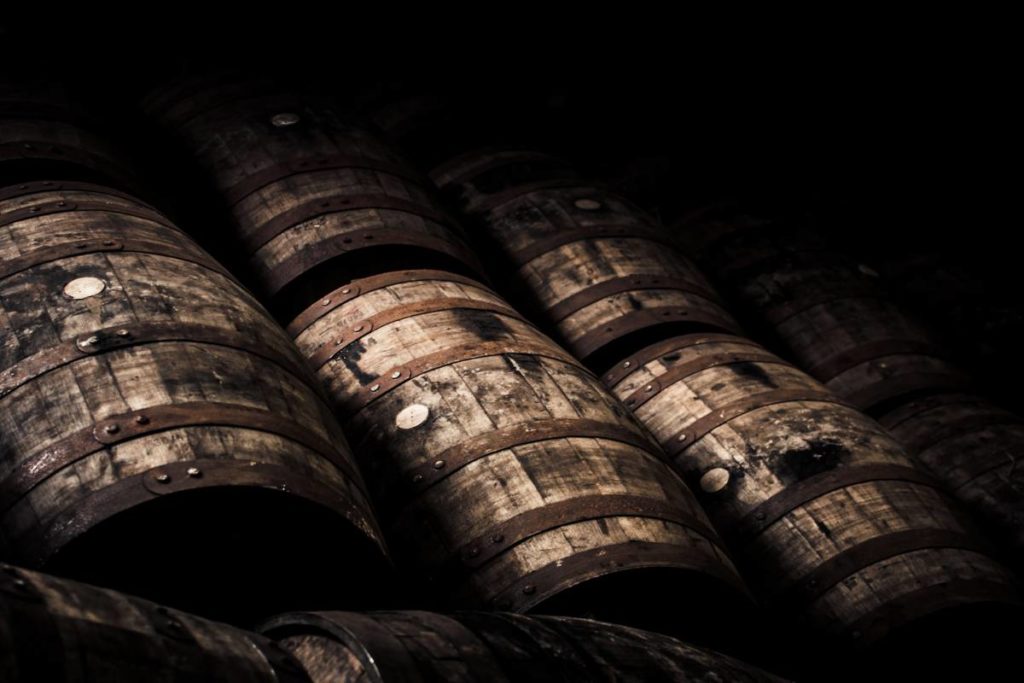A Look Into the Agave Industry’s History and Prices Behavior
Once upon a time in Mexico, circa 1000 B.C., the earliest version of Tequila, made from the fermented sap of the agave plant, was shared among the Aztecs. This fermented drink was known as pulque, a cloudy-white viscous liquid that’s slightly foamy, but still gets the job done.
It is believed that in the 1500s, during the Spanish invasion, the distillation process was introduced to the Aztecs. The Spaniards ran out of brandy and used a mixture of mud and agave which led to the beginnings of Mezcal.
During the 1600s, the first official and large-scale Tequila distillery was built by the Marquis of Altamira—it would be the first of many Tequila distilleries in the near and far future.
By 1753, the Cuervo family began distilling the first official Tequila with the Sauza family following closely behind in 1873. Interestingly enough, it was Don Cenobio Sauza who declared that blue agave was the best agave species for making Tequila.
Since then, blue agave has become the standard for distilling Tequila. Today, if it’s not made from blue agave then it won’t be recognized as a Tequila, but instead an agave spirit or a Mezcal (depending on how the agave is cooked).

The Booming Agave Industry
In 1873, Don Cenobio Sauza not only began distilling blue agave, innovating the Tequila industry, but he was responsible for sending the first barrels of Tequila to the United States. Of course, once Tequila was more formally introduced during the Chicago World’s Fair in 1893, it became popular.
In fact, Tequila has become such a popular part of the initial spirit’s industry that it was often smuggled into the states during prohibition. Not to mention, plenty of Americans snuck over the border to get their Tequila fix in Tijuana.
Today, Tequila is a global industry worth billions with the United States accounting for up to 80% of all Tequila exports. In terms of market rankings, The US is number one while Mexico is second and Greece (of all places) comes in third for the largest Tequila-consuming countries.
However, thanks to the reverence the world has had for the blue agave plant, it has become a serious commodity, fluctuating steeply in price—just like gold or oil.
In short, blue agave is expensive, laborious, and very time-consuming to farm until maturity. It takes a minimum of six years just to get a mature agave plant that’s full and ripe enough for the roasting and distillation process, although most producers prefer to wait until the seventh year.
Additionally, once the agave plant has been harvested, it dies. That means an entirely new agave must be planted in its place.
Between the amount of capital and labor it takes to produce and distill the agave, plus the increasing demand for a genuine Tequila, the agave industry has been subject to unavoidable booms and shortages over the last 100 years.
One of the biggest agave crises came about around the year 2000 when bad weather systems paired with a fungal infection among multiple plantations causing a catastrophic shortage of mature agave crops.
This caused the price per kilo to quickly climb over 10000% for a minimum of two years, crippling small-time agave farmers and Tequila producers alike.
Tequila: A Victim of Its Own Success
Tequila’s volume growth has outpaced its robust growth within the spirits category, meaning that it has been rising in popularity among consumers and therefore retailers. This is especially true for the Tequila private brands (versus the commercial and familiar names).
As of right now in 2021, we’re coming down from what is referred to as a “cycle boom,” which happens roughly every 12 years. it is related to the increase in demand, but it is mainly due to the fact that agave takes 4 to 6 years to grow properly to create a good quality tequila.
Only this year, the demand for the spirit has ended up depleting many producer’s reserves.
Not to mention, the pricing of the blue agave per kilo has jumped from 4 pesos to an average of 30 pesos—making it extremely difficult for producers to meet the demands for high-quality and aged Tequilas.
Moreover, agave farmers tend to plant more of the crop when prices are high with the expected higher return they’ll receive down the road once the plant reaches its full maturity and can be harvested.
Of course, while these boom cycles within the Tequila industry have existed for more than a century, as mentioned, this time around there’s an increase in demand along with costs—which is extending the current cycle we’ve just faced.
Fortunately, projections are showing that within the next five or six years, Mexico’s agave supply should increase providing an abundance of the crop.
So, while Tequila has become a victim of its own success, we can expect the agave and Tequila industry to quench our thirst before the decade’s end.
With that said, if you’ve been wanting to create your own Tequila, we can help you. We specialize in Tequila private brands and above all, excellence. Contact us today to learn more about our family’s Tequila distilleries.




Latest posts